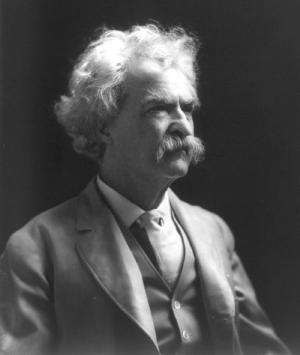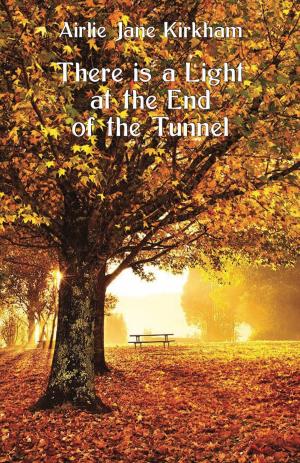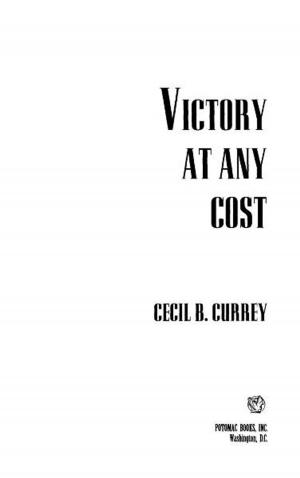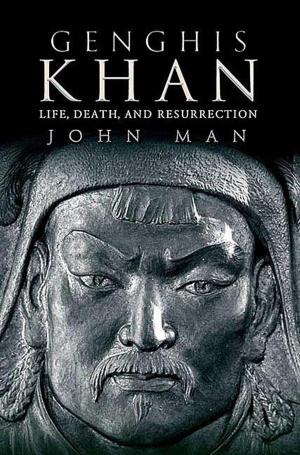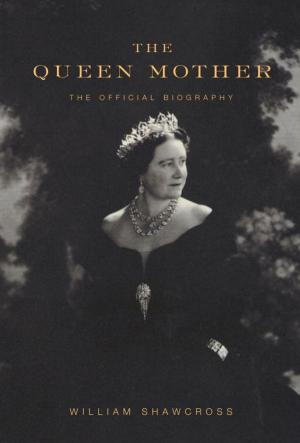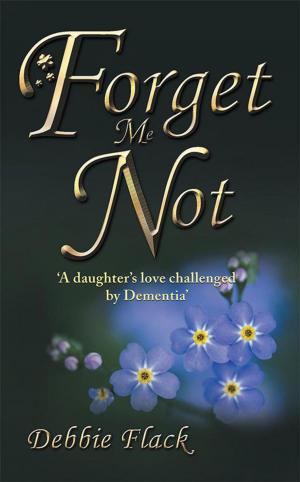| Author: | Ann Y. Tyler | ISBN: | 9781942899372 |
| Publisher: | Ann Y. Tyler | Publication: | September 21, 2015 |
| Imprint: | Smashwords Edition | Language: | English |
| Author: | Ann Y. Tyler |
| ISBN: | 9781942899372 |
| Publisher: | Ann Y. Tyler |
| Publication: | September 21, 2015 |
| Imprint: | Smashwords Edition |
| Language: | English |
Meet this mother who bore and raised ten children, Julia Mae Jones Eastman, and yet was fervently determined to preserve the stories of her family ancestry. She meticulously filled the old black and white composition Sterling notebooks in a beautifully flowing longhand using pencil to write down her rich childhood memories. Within these writings she began with her great-great-grandmother, Edyth, who arrived in Virginia shackled as an African slave. Although Edyth was cruelly separated from her husband, she had not been separated from her two babies, Willa and Winna. The oral tradition says her husband had been carried off to another boat never to be seen again. The shackle ring marks on Edyth and the tattooed ages of Willa and Winna were still visible on their flesh.
Julia created the chapters which takes the reader from the early 1700s to the 1800s. Ann has transcribed and edited, then added more family information to this fascinating volume, from the 1900s into 2000 and beyond. This labor of love was assigned to her in the 1960s soon after her college graduation by her uncle, Julius Dunbar Eastman, Sr., son of Julia. Finally, some fifty-plus years later the assignment was tackled in October, 2012 and completed in October, 2013.
Julia listened to the stories related in the evenings as a child remembering almost everything the elders spoke of as she sat at their feet. Between 1952 and 1954, she wrote down the oral accounts that she heard growing up. The Virginia plantation and Big River scenes of Brunswick County are vividly portrayed. All ten of Julia’s children’s full names are given in Chapter 14. There are pictures-one of Ann as a happy three year-old with Grandma Julia on a Bronx rooftop around 1941 taken by the author's Mother with the old Eastman Kodak accordion-folding camera. Then, fast-forward to a picture of Julia’s great-great-granddaughter, Jeanna age 5, at the piano with Ann in Kissimmee, Florida around 2006.
From Eyth, to Willa, Winna, Kheenee Sioux, Alexander (Big Ellec) through to Julia’s mother, Ciney and including the other slaves and slave owners, a unique dialect coexisted with its own vocabulary and syntax. Thus, following the last chapter, there is a Slave Dialect Glossary just for this book.
Slavery duties, plantation get-togethers, convoluted relationships with “de Massa and Missus”, punishments, marriage and separations are all contained within. In the grand scheme of things a small, poignant slice of American history is being shared here involving the Sioux-Robinson-Bland-Jones-Eastman family, its descendants, and its focus on love, hope, and survival.
Meet this mother who bore and raised ten children, Julia Mae Jones Eastman, and yet was fervently determined to preserve the stories of her family ancestry. She meticulously filled the old black and white composition Sterling notebooks in a beautifully flowing longhand using pencil to write down her rich childhood memories. Within these writings she began with her great-great-grandmother, Edyth, who arrived in Virginia shackled as an African slave. Although Edyth was cruelly separated from her husband, she had not been separated from her two babies, Willa and Winna. The oral tradition says her husband had been carried off to another boat never to be seen again. The shackle ring marks on Edyth and the tattooed ages of Willa and Winna were still visible on their flesh.
Julia created the chapters which takes the reader from the early 1700s to the 1800s. Ann has transcribed and edited, then added more family information to this fascinating volume, from the 1900s into 2000 and beyond. This labor of love was assigned to her in the 1960s soon after her college graduation by her uncle, Julius Dunbar Eastman, Sr., son of Julia. Finally, some fifty-plus years later the assignment was tackled in October, 2012 and completed in October, 2013.
Julia listened to the stories related in the evenings as a child remembering almost everything the elders spoke of as she sat at their feet. Between 1952 and 1954, she wrote down the oral accounts that she heard growing up. The Virginia plantation and Big River scenes of Brunswick County are vividly portrayed. All ten of Julia’s children’s full names are given in Chapter 14. There are pictures-one of Ann as a happy three year-old with Grandma Julia on a Bronx rooftop around 1941 taken by the author's Mother with the old Eastman Kodak accordion-folding camera. Then, fast-forward to a picture of Julia’s great-great-granddaughter, Jeanna age 5, at the piano with Ann in Kissimmee, Florida around 2006.
From Eyth, to Willa, Winna, Kheenee Sioux, Alexander (Big Ellec) through to Julia’s mother, Ciney and including the other slaves and slave owners, a unique dialect coexisted with its own vocabulary and syntax. Thus, following the last chapter, there is a Slave Dialect Glossary just for this book.
Slavery duties, plantation get-togethers, convoluted relationships with “de Massa and Missus”, punishments, marriage and separations are all contained within. In the grand scheme of things a small, poignant slice of American history is being shared here involving the Sioux-Robinson-Bland-Jones-Eastman family, its descendants, and its focus on love, hope, and survival.

